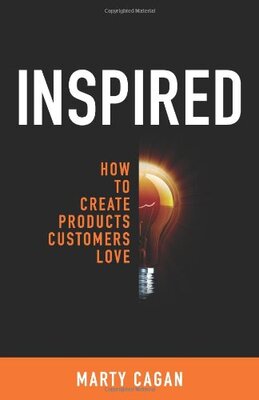
My friend is a big fan of Marty Cagan. He is so impressed by his work that it made me think I’m missing out, so I’ve decided to read it. Inspired is a book for product managers about product managers by product managers.
Let’s start with important things first. I loved it. My career is a decade old and I was surprised how little I knew about product development. This book taught me a lot. What product managers are, what they are not, what they do, how to hire and how to work with them. It’s probably the most comprehensive book on a single topic.
The mind blowing discovery for my was at the end. The author is highlighting through the book about the difference between normal agile coach and the one who worked in product team. It’s only at the end of the book he explains the difference. Scrum as the most popular agile methodology is created in consulting (custom software in the book). It works amazingly well in such setup and it is completely unsuitable for product teams. I knew it myself deep inside, but verbalising it made it real. I like agile manifesto. With that the new knowledge 12 principles behind the Agile Manifesto opened up from a completely new perspective.
Our highest priority is to satisfy the customer through early and continuous delivery of valuable software.
It’s great for consultants, pointless for product teams.
The process the author proposes is something between waterfall and agile. In short you don’t develop anything until you’ve proven the prototype and business model. I was very skeptical at the start but finally got convinced that it is a good process to use. The book does not give it a name, but people call it Dual Track Development.
On the first track you explore ideas, come up with prototypes and test them on users. The idea is to keep the feedback loop tight and iterate on ideas. On this track all roles must be involved, including developers. That avoid the problem with waterfall model where levels don’t communicate.
The second track is usual development process. That could be Scrum, Kanban or chaos driven development.
Both tracks run in parallel, but with different cycles.
If you test an idea and it fails, you just scrap it and move to the next. The BIG difference to plain agile you don’t pollute your code base with bad ideas. Also when you start development you already have well designed, tested and proven feature. No more assumptions and no more pivoting.
Even though the book is mostly for product managers, I found it very useful, so would recommend it to everybody who is in software development.